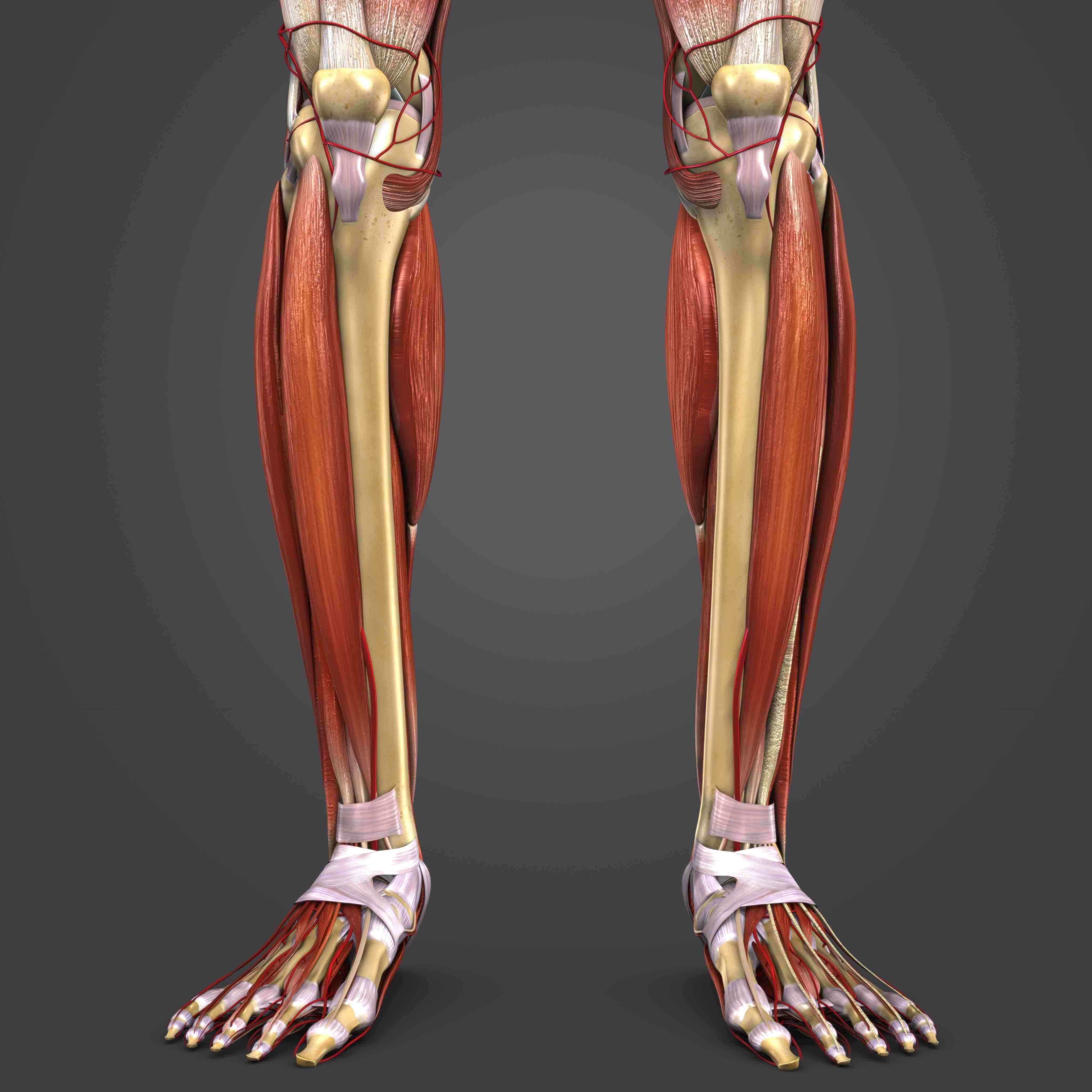Iliotibial Band Syndrome

The iliotibial, or IT Band, originates at the pelvis and runs down to the tibia. The iliotibial band runs down the lateral side of the thigh and helps stabilize the leg, particularly the knee joint. The iliotibial band aids in abduction of the hip along with flexion and extension of the knee. Iliotibial band syndrome occurs when inflammation of the iliotibial band arises from overuse or injury.
Causes of iliotibial band syndrome
Inflammation of the iliotibial band occurs from overuse of the iliotibial band. Commonly seen in athletes, iliotibial band often arises from poor technique or training habits. Common causes of iliotibial band include:
- Poor flexibility
- Poor training habits
- Body imbalances
Symptoms of iliotibial band syndrome
All individuals process pain differently so symptoms of iliotibial band syndrome may vary. The most common reported symptoms of iliotibial band syndrome include:
- Pain down the lateral aspect of the leg
- Snapping or popping at the knee
- Pain radiating from the hip down to the knee on the lateral side
Diagnosing iliotibial band syndrome
To diagnose iliotibial band syndrome, patients should see an orthopedic specialist. Within the sub-specialists of orthopedics, patients should look for those board certified in sports medicine. Patients experiencing symptoms of iliotibial band syndrome should seek evaluation promptly to ensure the injury does not lead to further injury or instability.
To diagnose iliotibial band, sports medicine physicians first perform a physical examination. During the physical examination the doctors asks the patient about their history and recreational hobbies. Doctors typically do not need to perform diagnostic testing to diagnost iliotibial band syndrome. In severe cases of iliotibial band syndrome, a doctor pay perform an MRI to see the inflammation of the tendons and muscles of the leg.
How do physicians treat iliotibial band syndrome?
Physicans almost always treat iliotibial band syndrome using conservative methods. The most common conservative methods used to treat iliotibial band syndrome include:
- Rest, Ice, Elevation of the affected leg, and Compression
- Non-Steroidal Anti-Inflammatory medications to decrease swelling and inflammation

- Stretching or massage
- A prescribed physical therapy regimine
- Injections
In very rare cases where conservative treatments do not work to treat the patients iliotibial band syndrome, orthopedic surgeons may utilize an arthroscopic surgical treatment to release the iliotibial band.
To view a list of all insurances that AOA Orthopedic Specialists accept, click HERE. To schedule an appointment online, click HERE.
EXPERIENCING knee PAIN? CALL 817-375-5200 TO SCHEDULE AN APPOINTMENT WITH AN AOA ORTHOPEDIC SPECIALIST TODAY!


